
In science, we're constantly striving to make new discoveries and gain a better understanding of life, nature, and the world around us.
Watch as some of our science communicators and experts take us on a tour through the Evolving Planet exhibition, showcasing just a few of many science facts you can find here. At The Field Museum, we're always doing research and learning more, and we invite you to be curious and explore the facts alongside us.
At The Field Museum, Facts Matter. 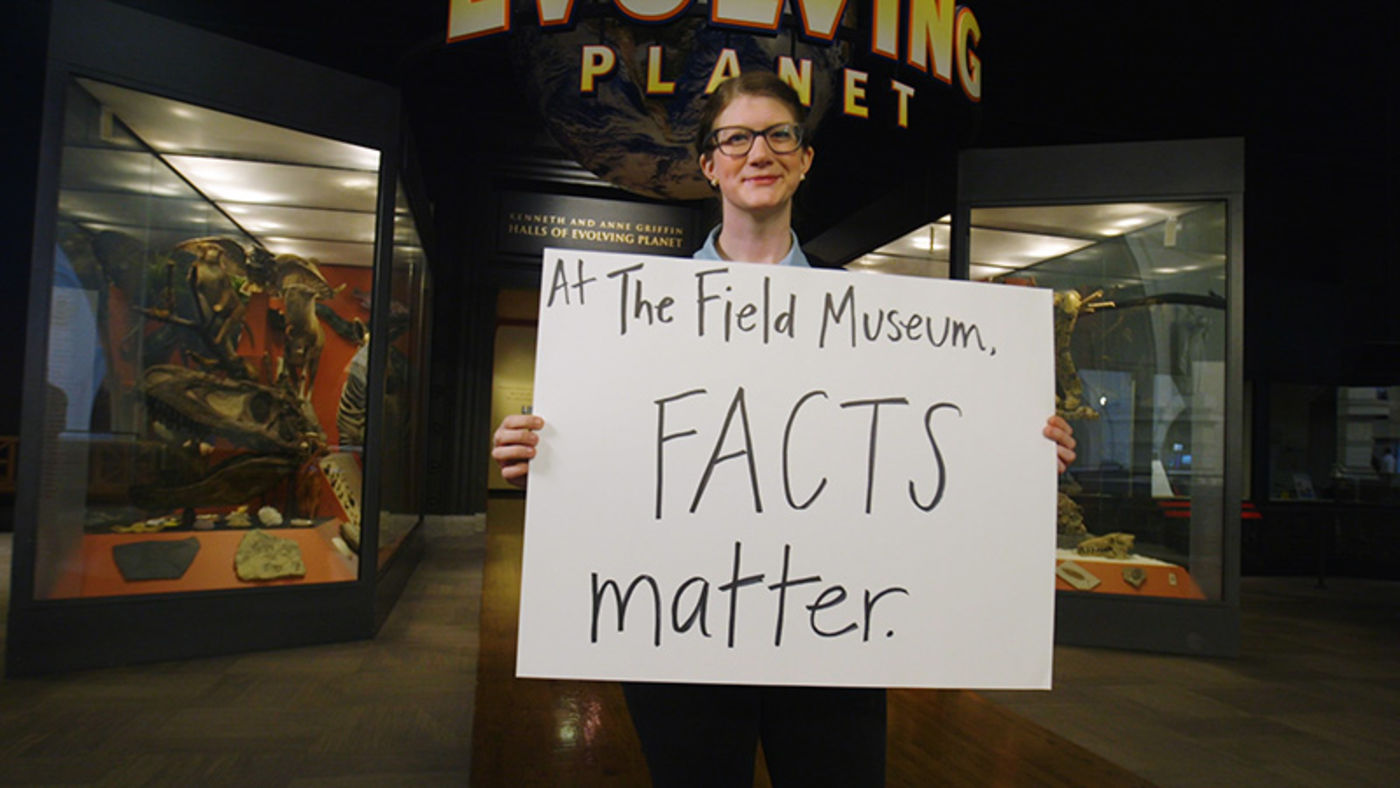
Emily Graslie, Chief Curiosity Correspondent
The Earth is 4.5 billion years old. 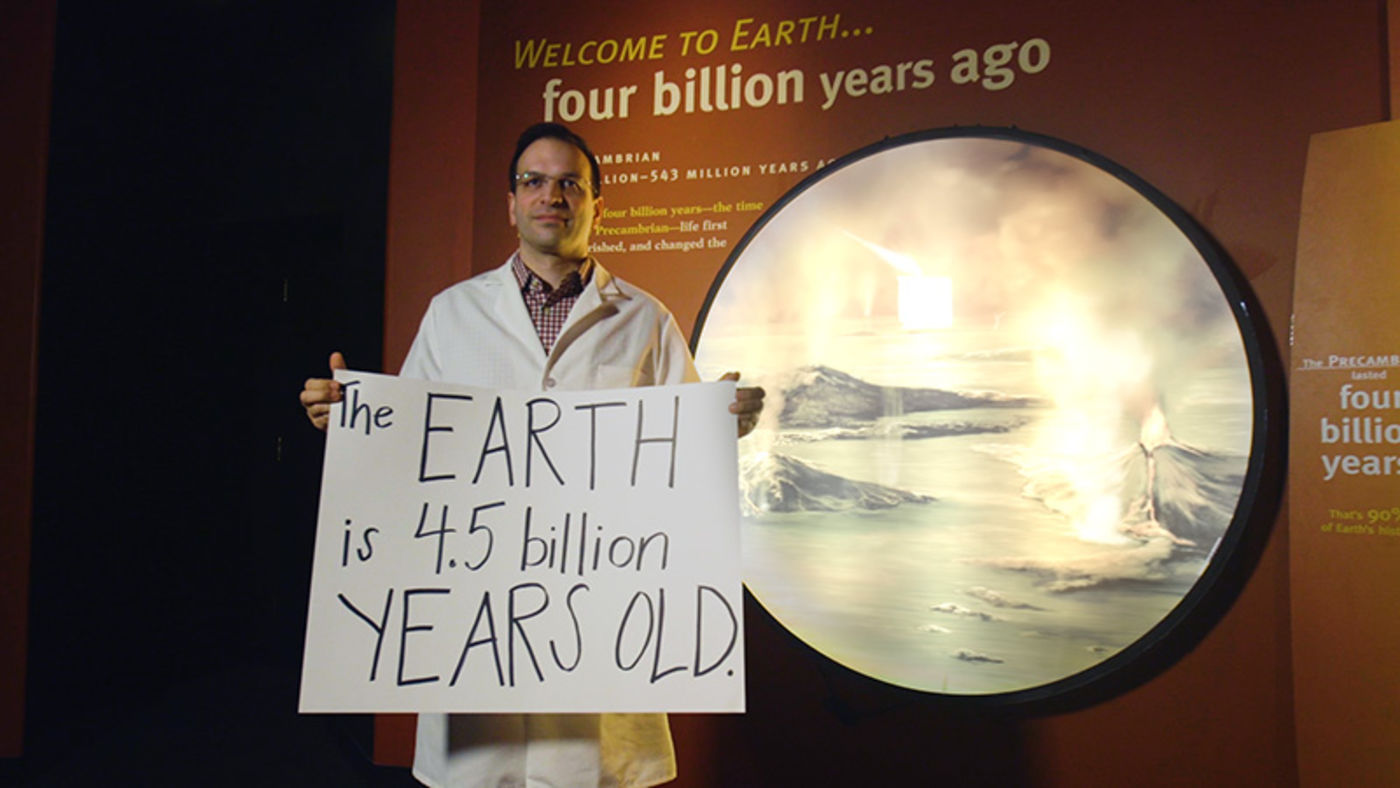
Philipp Heck, Robert A. Pritzker Associate Curator of Meteoritics and Polar Studies
Dimetrodon is more closely related to humans than to dinosaurs. 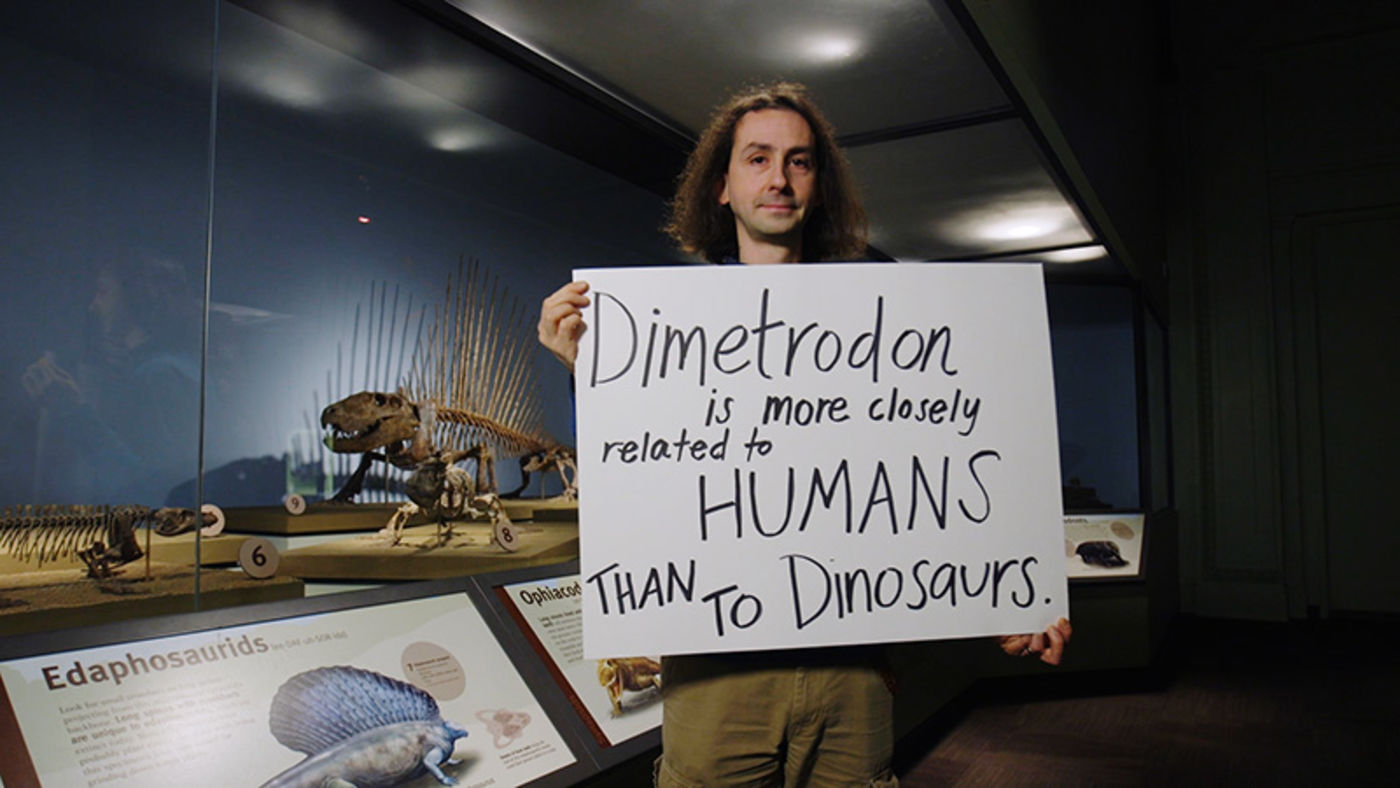
Ken Angielcyzk, Associate Curator of Paleomammalogy
Birds are living dinosaurs. 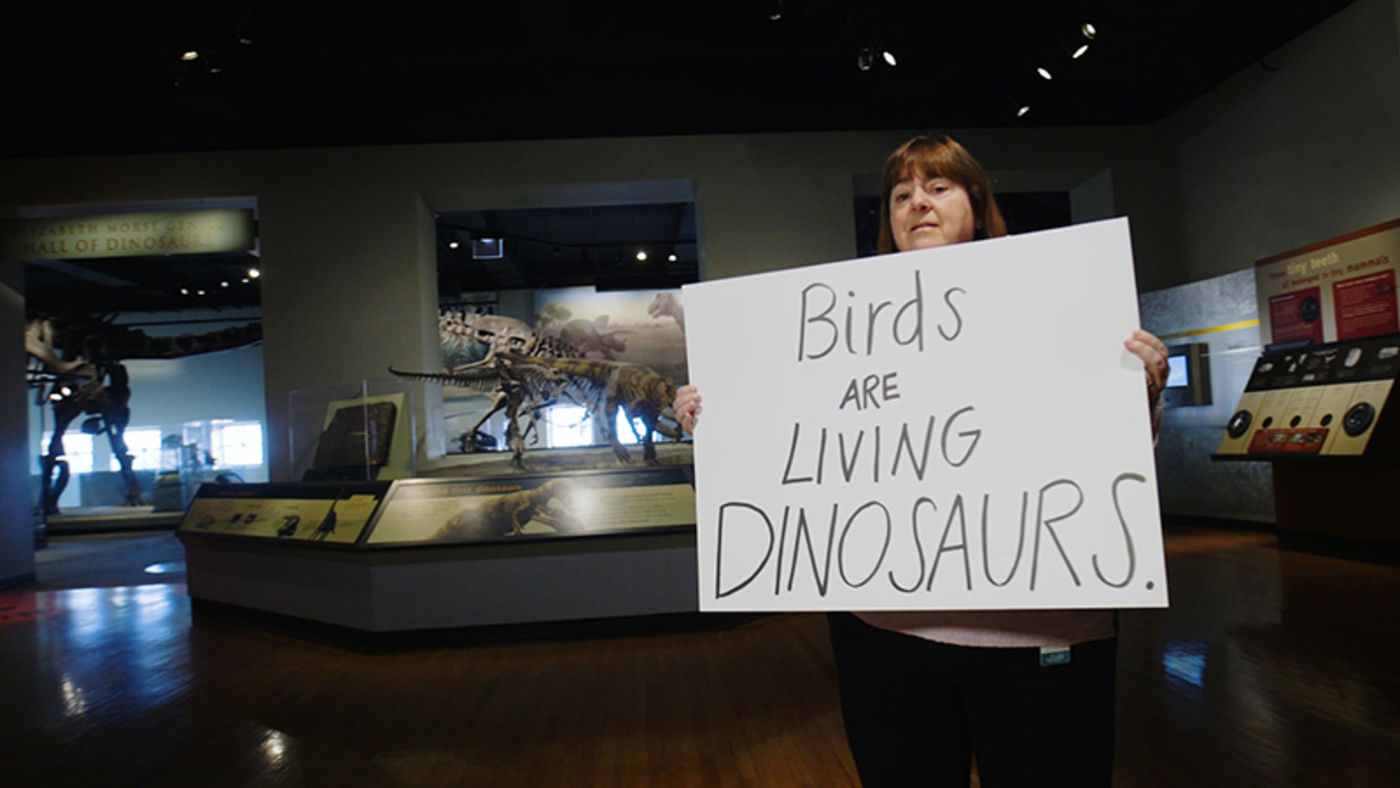
Shannon Hackett, The Richard and Jill Chaifetz Associate Curator of Birds
Titanosaurs were the largest dinosaurs. (This femur is over 6.5 feet long.) 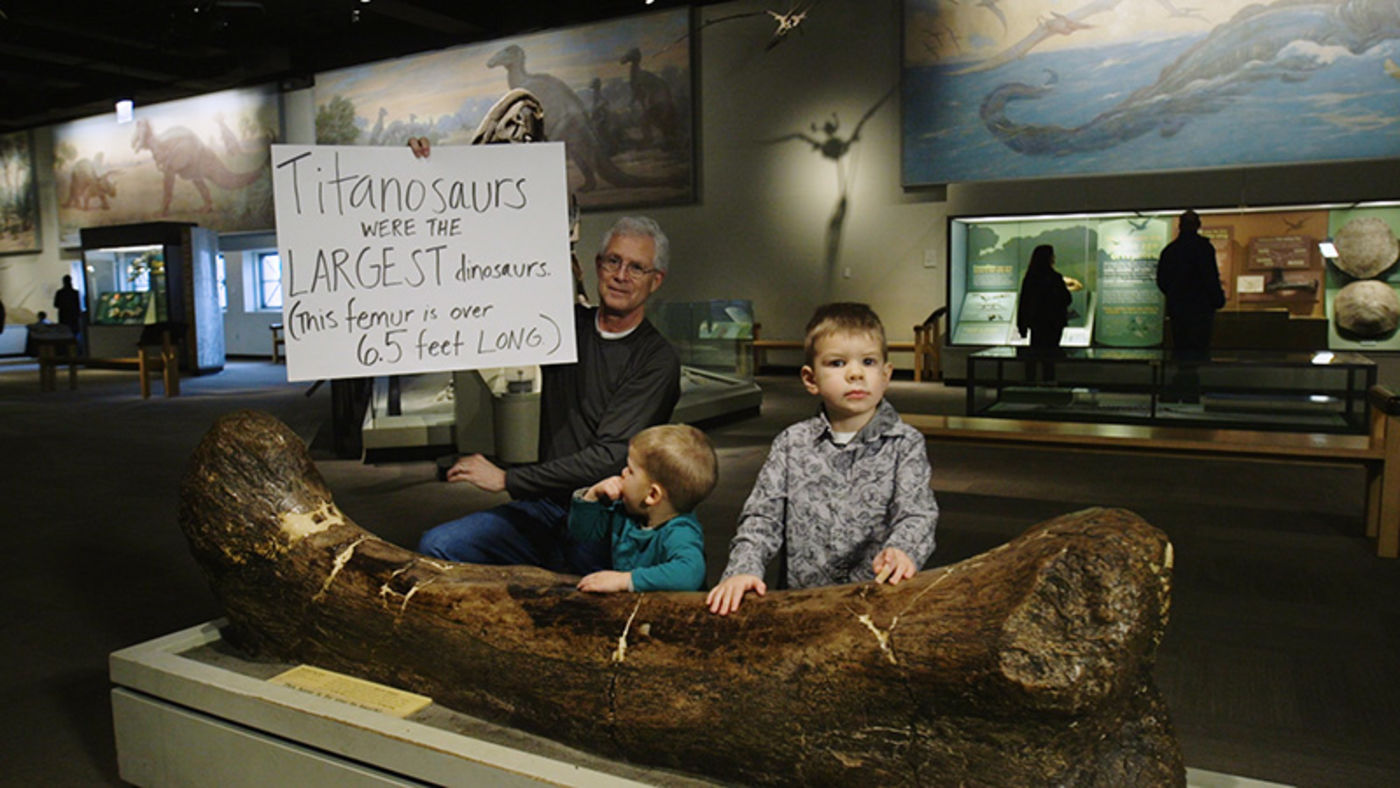
Bill Simpson, Head of Geological Collections, Gantz Family Collections Center (and some helpful future paleontologists)
Whales' ancestors walked on land. 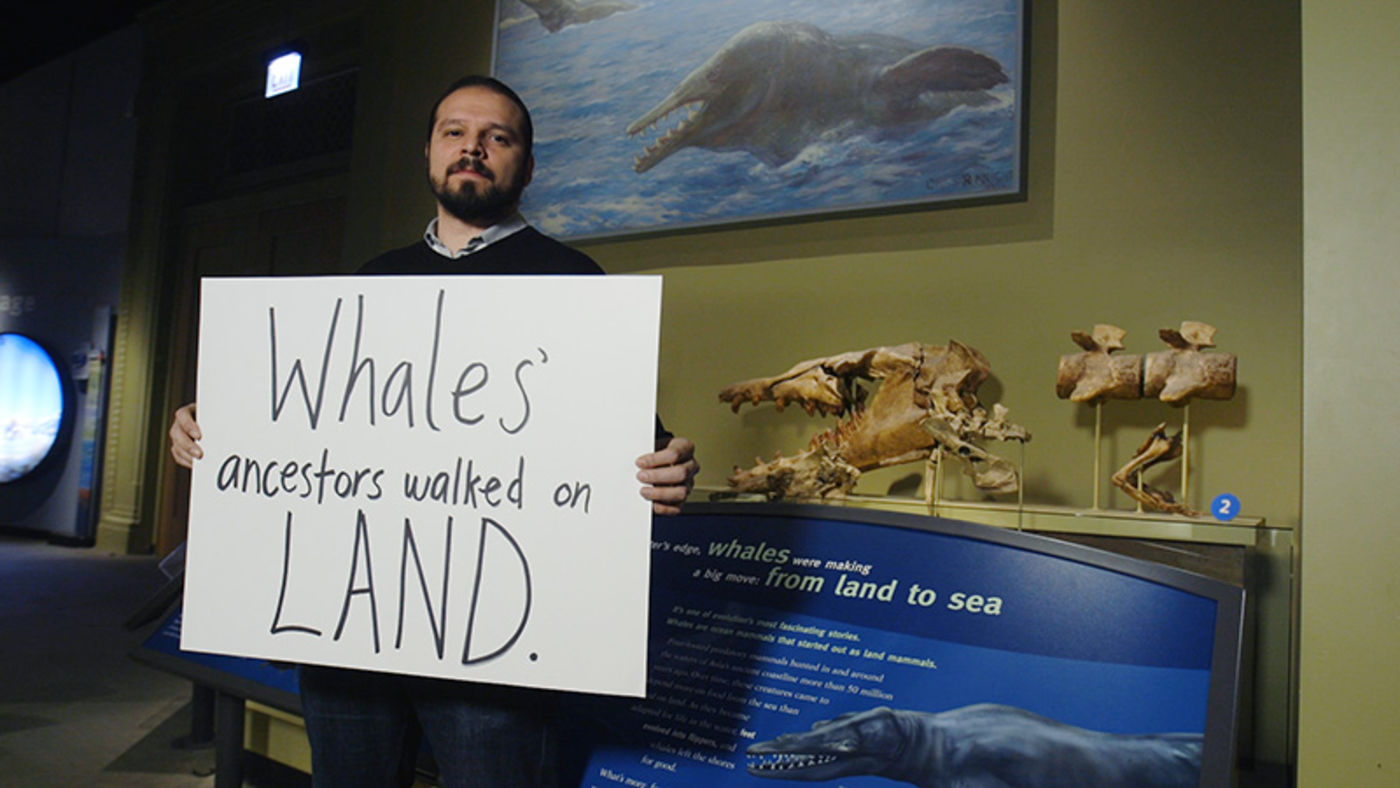
Noé de la Sancha, Research Associate, Mammals
All humans are immigrants from Africa. 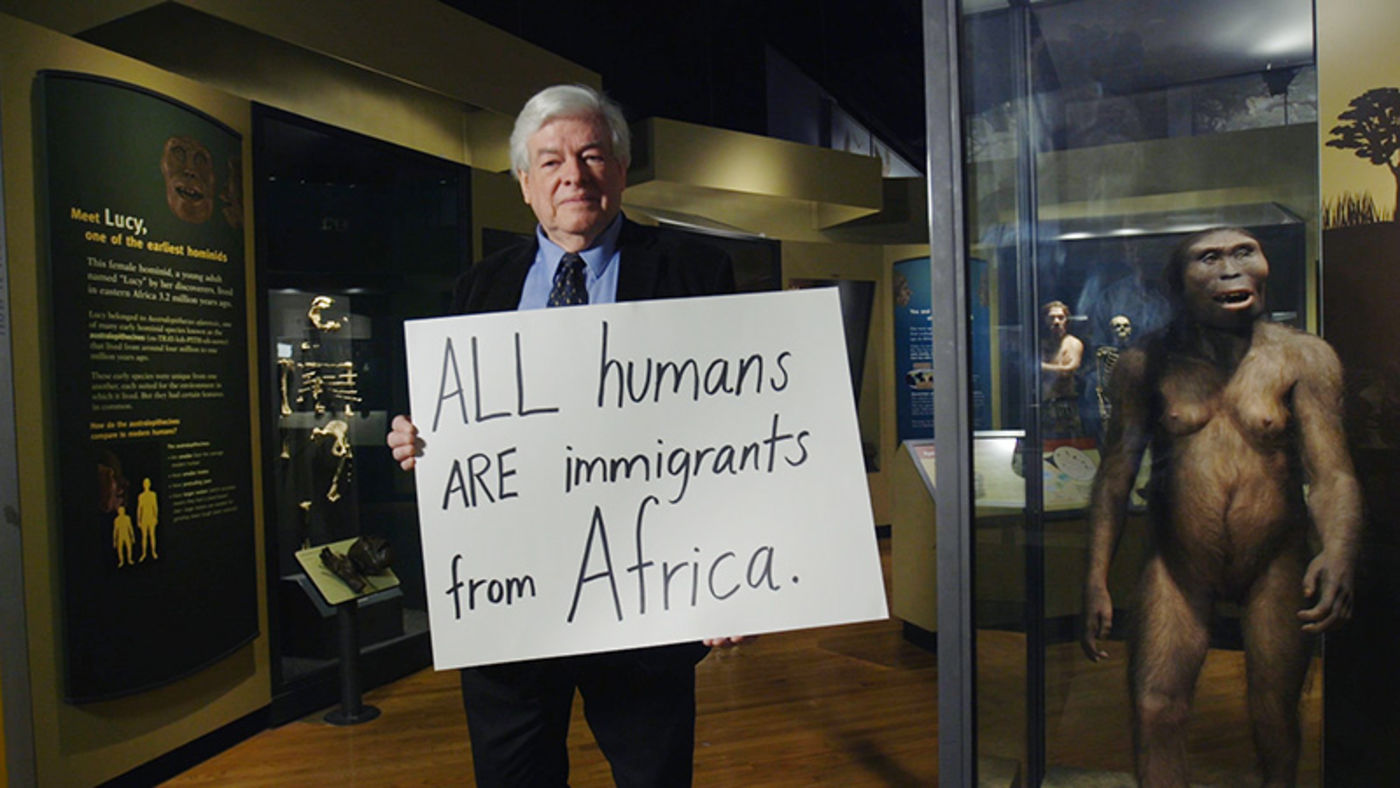
Robert Martin, Emeritus Curator, Integrative Research Center
Climate change is accelerating the extinction of plants and animals. 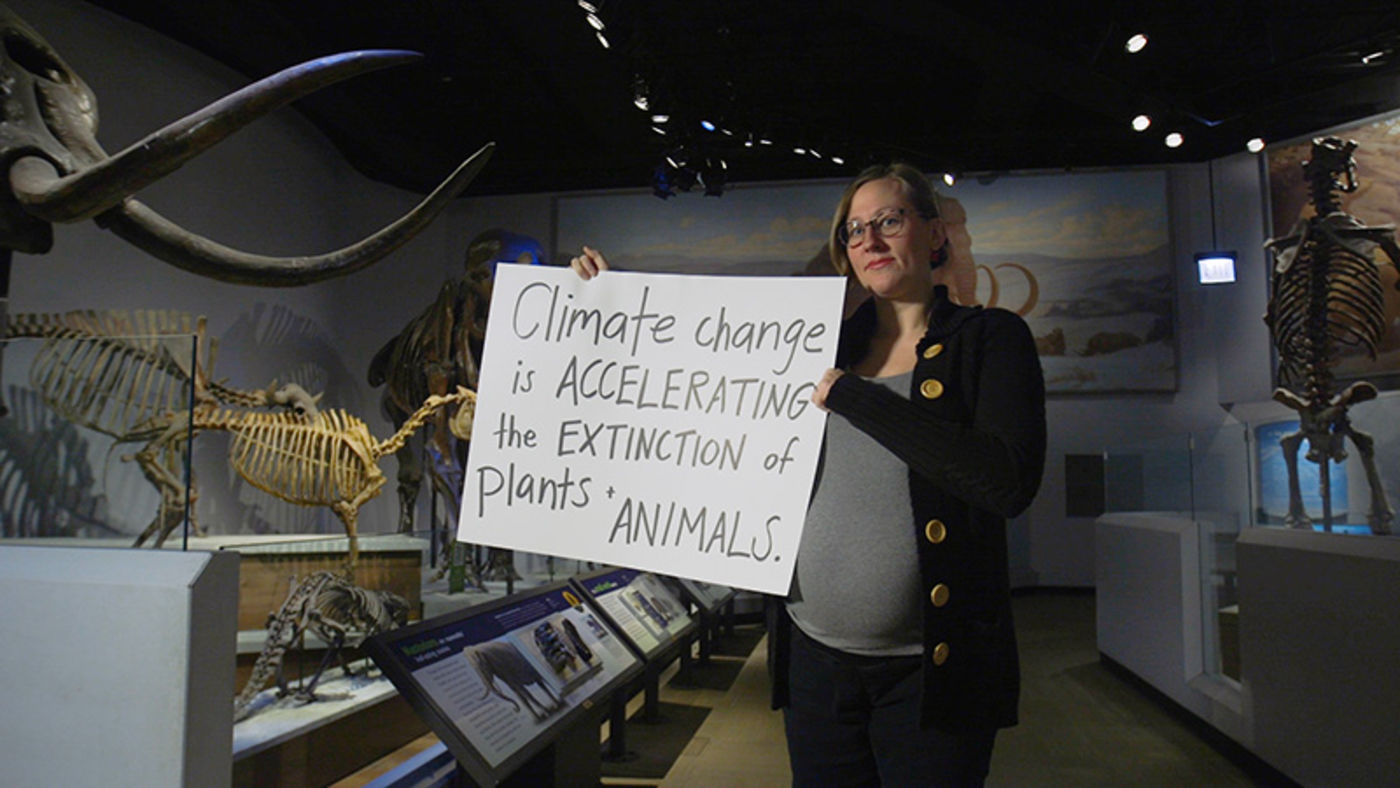
Laura Milkert, Ecological Stewardship Manager, Keller Science Action Center
…but we're working on it. 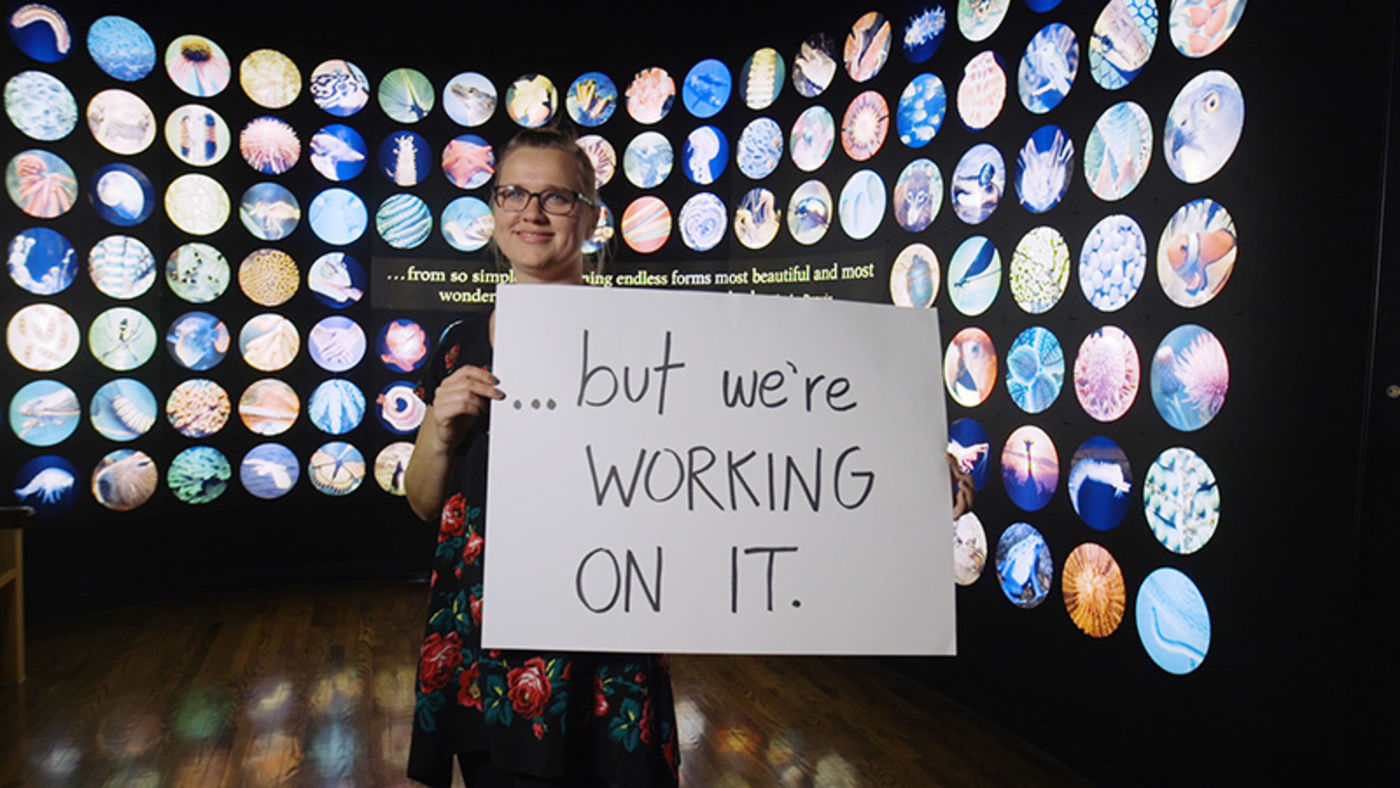
Iza Redlinski, Conservation Ecologist, Keller Science Action Center
And there are more facts and strongly supported theories where those came from…a LOT more! Here are just a few:
- Humans are animals.
- 2016 was the warmest year on record.
- T. rexhas a wishbone.
- Mastodons lived in Chicago until about 11,000 years ago.
- Fungi are more closely related to animals than to plants.
- Chicagoland has over 20 species of native orchids.
- Squids swim fastest backwards.
- Blue whales are so large that a human could swim through their largest arteries.
- More time has passed between T. rex and Stegosaurus than T. rex and humans.